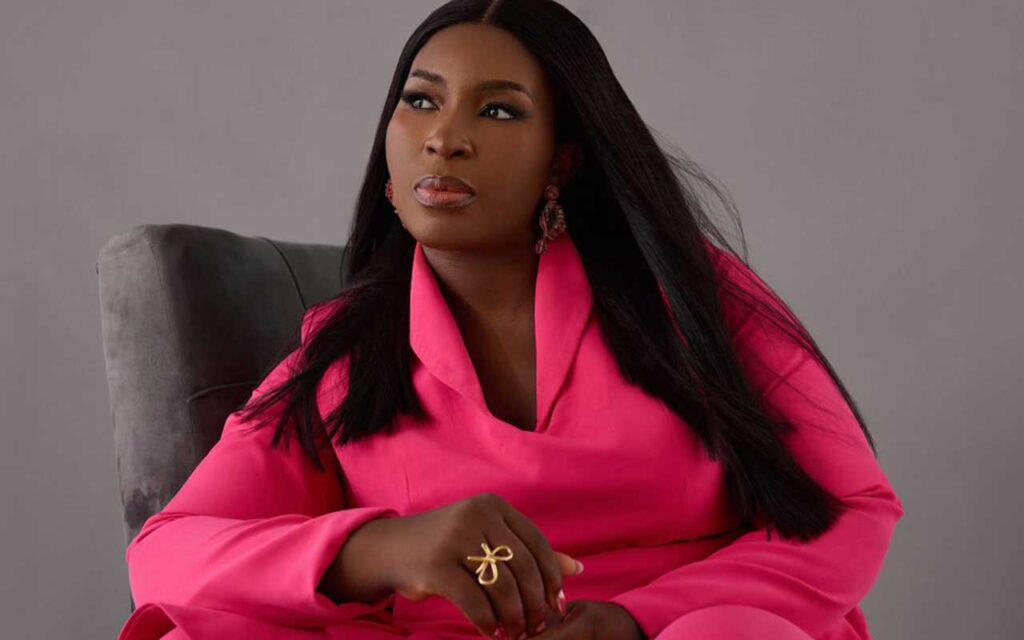
Every child has a learning style and also absorbs at his or her own pace. This is why one of the best ways to avoid frustration when teaching your child is to understand his or her learning style, says Jayne Augoye.
There are visual, auditory and kinesthetic learners. While visual learners grabs quickly what they see, auditory learners are more comfortable with what they hear and kinesthetic needs physical activities to assimilate.
To understand your child’s learning style, it is important to pay attention to how they express themselves.
“The more comfortable a child is learning in a certain way, the more comfortable they will be expressing themselves through that same style. For example: Auditory learners express themselves best through words and have a tendency to read out loud instead of quietly to themselves.
“Visual learners are quick to express themselves and reveal their emotions via facial expressions and may appear to be always watching others’ faces, and storing them for future use. Kinesthetic learners tend to express themselves through body language. They often imitate others, especially when it comes to the movement (such as walking patterns and hand gestures.) Also, these kinds of learners don’t worry about getting their hands dirty. They like to touch everything, objects, and people alike.”
Augoye noted that observing how your child solves problems help in understanding his or her learning style. Naturally, we all capitalise on our areas of strength when attempting to solve problems. Children are no exception to this. When faced with a difficult situation, they tend to utilise the attributes that aligns with their learning styles.
“You will possibly catch an auditory learner talking through/discussing possible solutions to problems. If on a basis of pattern, you catch your child mumbling to himself as they tackle homework assignments. While visual learners are quick to use their eyes to solve problems, which means they are the ones to notice quickly if something is out of place. They are often excellent at matching games or anything that tests their ability to look at something and identify changes at a later point in time. They also tend to keep a tidy room, as they are quick to observe when things are amiss and are lovers of order.
“Kinesthetic learners try to solve problems with their hands. You will catch them counting with their fingers while trying to solve math problems. They often like flash cards or any object that give them the privilege to count as learning tool, since they can interact with and touch the cards. They often love art and crafts, and building projects.”
Paying attention to your child’s interests is another predominant feature to discovering their learning style, says the triplet mum. While an auditory learner will show an interest in music and sounds; they may be able to remember all the things their teacher said in school the previous day, while possibly struggling to remember what they just read in a book. A visual learner often exhibit interests both in reading, watching TV, looking at photographs and other interesting objects as a result of the common thread of visual stimulation.
Visual learners often have rich vocabularies due to their time-spent reading and may have imaginations that are equally broad. With a kinesthetic learner, you are on the lookout for an interest in physical activities; they like to do everything from swimming to running, playing football, baseball or basketball.
Physical and Health Education (PHE) or art class may be kinesthetic learners’ favourite subjects, as they love to keep their hands busy. These types of learners also enjoy games, but often can’t sit still long enough to read several pages.












